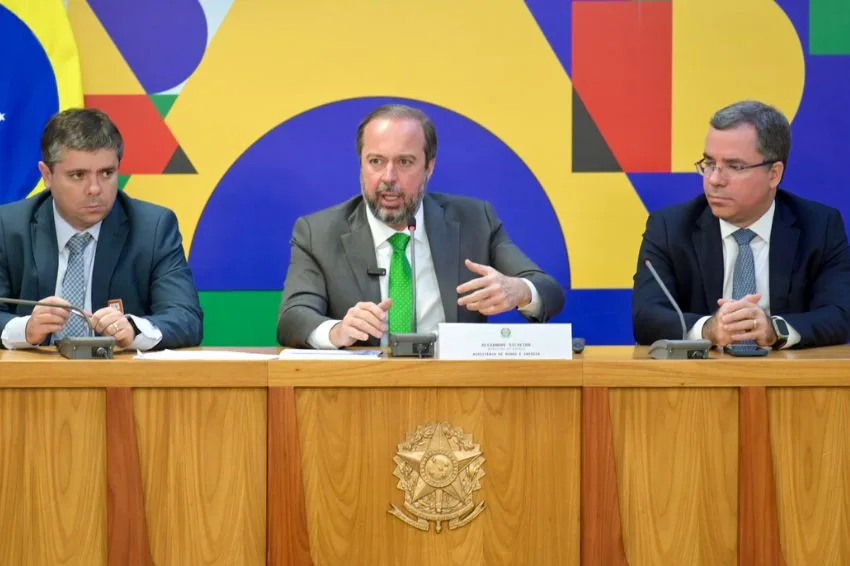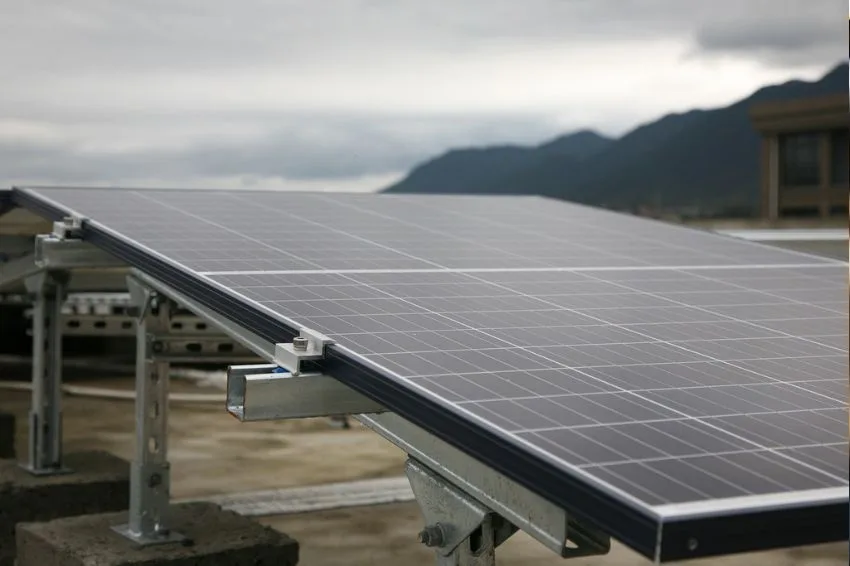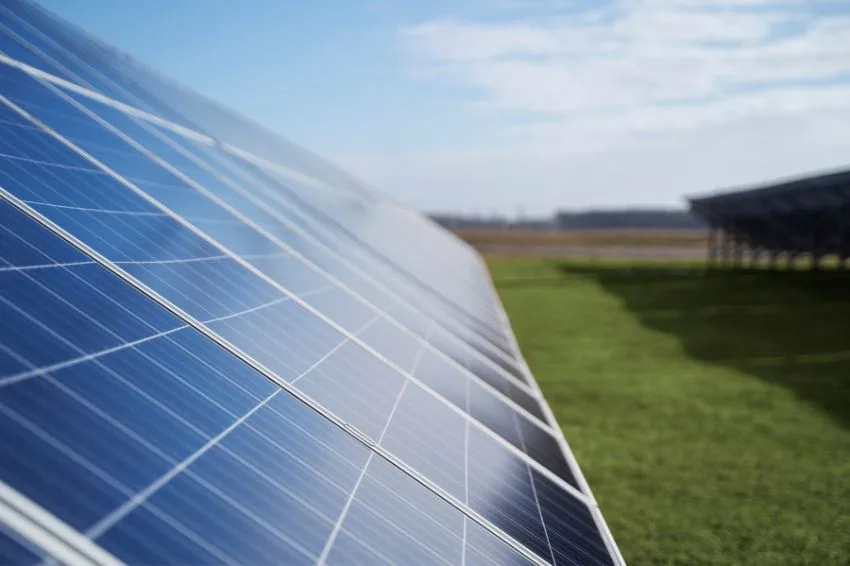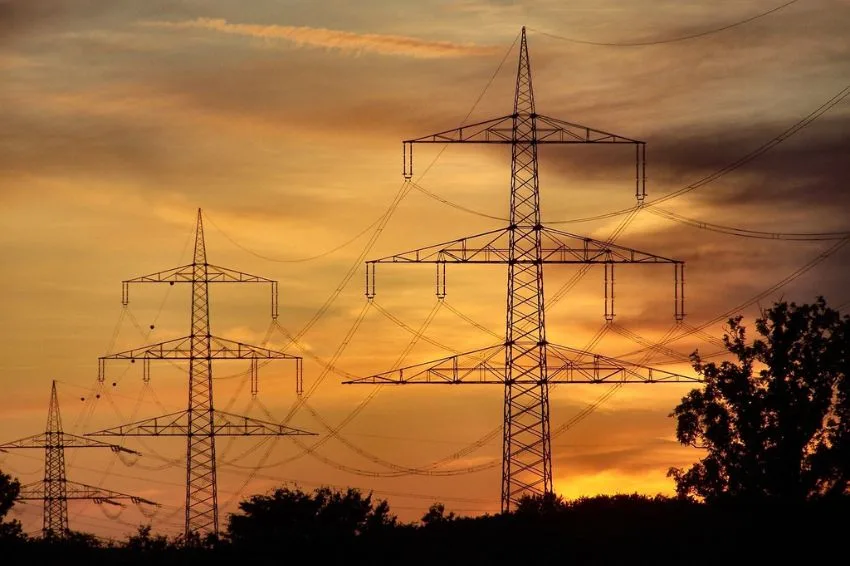With collaboration by Ericka Araújo – Updated at 5:43 pm
Starting this Wednesday (1st), Brazilian consumers will pay a tariff in the amount of R$ 14.20 for every 100 kWh consumed. The announcement was made by André Pepitone, general director of ANEEL (National Electric Energy Agency) late this Tuesday afternoon (31) during a press conference broadcast on MME (Ministry of Mines and Energy) YouTube.
According to Pepitone, the “Water Scarcity” Tariff Flag will cause an increase of 6.78% in the average tariff of regulated consumers. Low-income citizens who subscribe to the social tariff will not be affected by the new Tariff Flag rules, and the current value will be maintained.
The measure adopted follows the recommendation of CREG (Chamber of Exceptional Rules for Hydroenergy Management). The validity of the flag will continue until April 2022. In addition, the Incentive Program for Voluntary Reduction in electricity consumption was announced, applicable to regulated consumers, through economic incentives.
As a result, from this Wednesday the bonus will be R$ 50 per 100 kWh reduced – which means R$ 0.50 for each kWh – limited to the savings range between 10% and 20%. Low-income citizens who subscribe to the social tariff will also be able to participate in the Incentive Program for Voluntary Reduction in electricity consumption.
Flag history
Until last week, the Agency calculated that it would be necessary to increase the extra rate to around R$ 25 per 100 kWh by the end of the year, but the Government opted for a smaller increase for a longer period of time.
This is already the fourth increase made by the company in 2021, due to the effects of the biggest water crisis in the last 91 years. In January, when the flag in force in the country was yellow, the extra charge was R$ 1.34 for every 100 kWh consumed.
The value remained stagnant until April 30, when the first increase was announced, with the activation of the red flag, at level 1, at a cost of R$ 4.16 for every 100 kWh.
About a month later, on May 28, came the second increase in bills across the country, with the tariff flag changing levels again: going from red 1 to red 2, the most expensive of all.
The new value, therefore, rose to R$ 6.24 for every 100 kWh consumed, but it did not last for long, as in the following month, on June 29th, the value was readjusted by 52%, costing R$ 9 .49.
Effects of increasing electricity bills
The lack of rain led Brazilian reservoirs to lose space in supply, at the same time that the Federal Government was forced to resort to the use of thermal plants – a more expensive source, in which the cost is passed on to the consumer – to avoid blackouts and energy rationing.
The activation of these plants meant that Brazilian families had to pay more to use electricity in their homes and started to deal with a rise in prices in other sectors of the economy, such as cooking gas and basic food basket items, due to the effects of inflation.
Inflation
In the last 12 months, the IPCA-15 reached 9.3%, largely due to the rise in the value of electricity, which rose 5% in August, according to data from IBGE (Brazilian Institute of Geography and Statistics).
Last Wednesday (25), several neighborhoods in Macapá and municipalities in the interior of Amapá recorded a simultaneous power outage in the morning.
Despite the problems, the MME (Ministry of Mines and Energy) continues to deny any possibility of energy rationing and continues to state that it is taking measures to alleviate the situation.
Critical prediction
According to the Agency, the month of August was extremely critical for Brazilian reservoirs and future prospects are not encouraging.
Information from the ONS (National Electric System Operator) points out that, in current terms, the power generation capacity will not be enough to meet population demand in October.
In the document, the body highlights that it is essential to increase the supply of electricity from September onwards and recommended that the Federal Government take a series of measures to avoid energy rationing in the country.
Currently, the reservoirs of hydroelectric plants in the Southeast and Center-West, responsible for 70% of Brazil's hydroelectric generation, operate with 22% less capacity, according to the ONS.
















